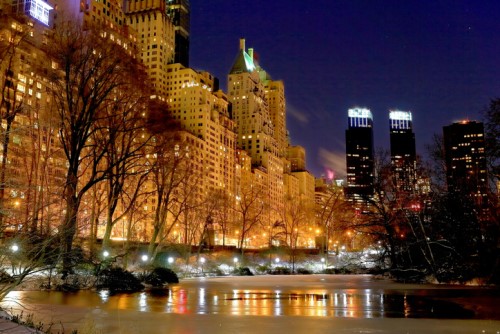One-third of the homes that were affordable for the city's middle- and working-class families were purchased by investors in 2017

New York City is already challenged with a limited supply of affordable housing, and the city’s middle- and working-class families are seeing their options constrained further by the practice of home flipping, a new study has found.
The Center for NYC Neighborhoods found that home flipping significantly diminished the supply of affordable homes in 2017. During the year, more than a third (38%) of New York City homes that are affordable for middle- and working-class families were bought by investors.
Additionally, the study found that foreclosures are fueling the flipping activity, with 34% of homes flipped last year in foreclosure at the time of sale. This compares to the 12% of homes in foreclosure among all homes sold during the year. A flipped home was almost three times more likely to have been in foreclosure than a home that sold without being flipped, according to the study.
As home flipping inflates house prices beyond those of similar neighborhood properties, prospective buyers are finding it more difficult to find affordable homes.
Last year, flippers purchased homes at a median price per square foot of $212, while similar homes sold on the open market for a median price of $368 per square foot. Across the city, flippers purchased homes for 20% to 50% less than the sales prices of comparable properties in the neighborhood.
However, flippers sell homes at prices up to 50% higher than similar non-flip sales in the neighborhood. For example, flipped homes in Jamaica, Queens, sell for 33% more than similar properties not purchased by investors.
The study recommended an anti-speculation tax to limit small-homes speculation. The creation of cease-and-desist zones, where homeowners can opt-in to a no-solicitation registry to stop harassment from brokers and scammers, was also recommended.



